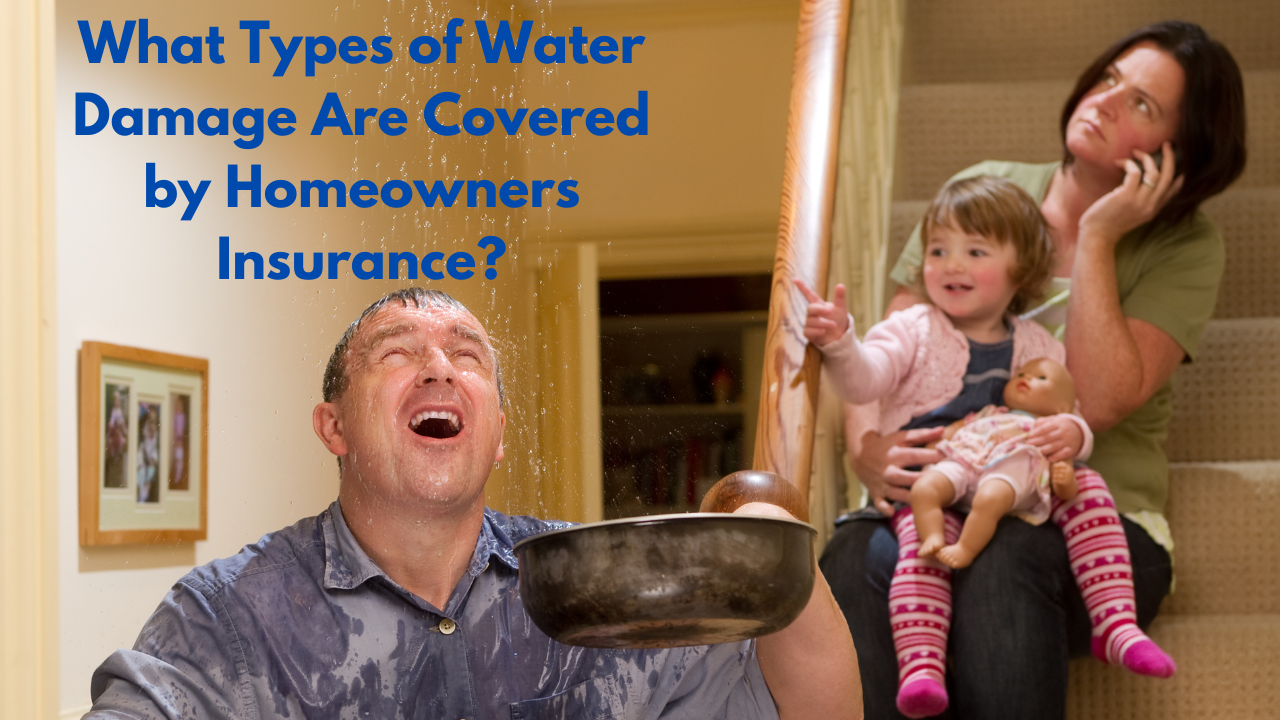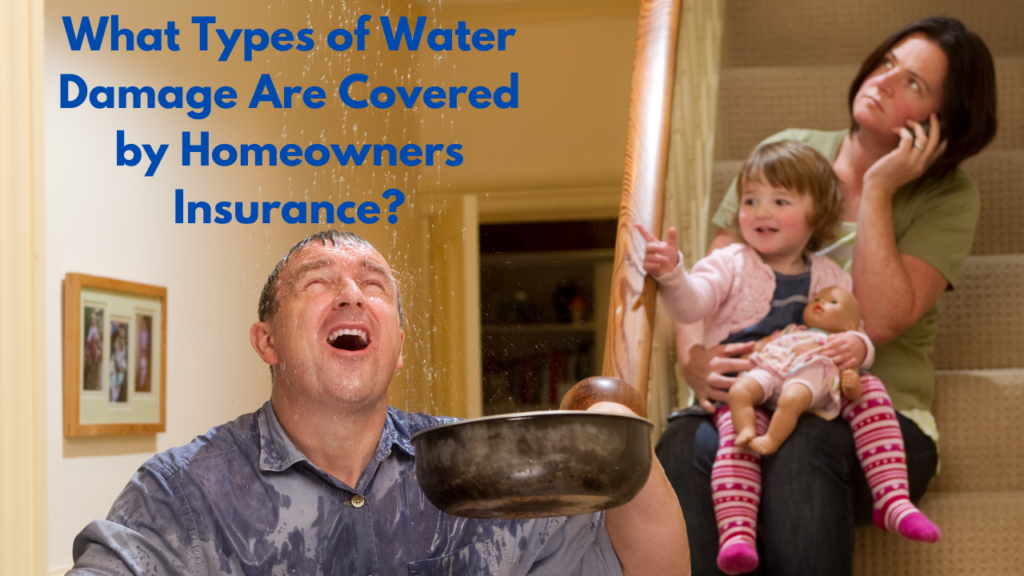Massachusetts No-Fault Car Insurance: How It Works & How to Save on SDIP

If you get into a car accident in Massachusetts, do you know who pays for the damages?
Are you unknowingly paying more for car insurance because of SDIP penalty points?
This guide will break down Massachusetts’ no-fault insurance system, explain how SDIP works, and show you how to lower your insurance costs by being a smart driver.
We’ll cover:
✅ What “no-fault” insurance really means in Massachusetts
✅ How the Safe Driver Insurance Plan (SDIP) affects your rates
✅ How to qualify for discounts and avoid costly penalties
What Is No-Fault Car Insurance in Massachusetts? (And How It Works)
📌 How No-Fault Insurance Works in Massachusetts:
- 🚗 Your own insurance covers medical bills and lost wages, regardless of fault.
- 🚑 Personal Injury Protection (PIP) covers medical expenses up to a certain limit.
- ⚖️ You can only sue the other driver if:
- Your medical bills exceed a state-set threshold.
- You suffer a serious injury (e.g., permanent disability).
How the Massachusetts SDIP Affects Your Insurance Rates (And How to Save)
📌 How the SDIP Works:
- 🚦 Traffic violations & at-fault accidents = points on your record.
- 📈 More points = higher insurance premiums.
- 🏆 A clean record can earn you discounts.
📌 How to Qualify for SDIP Discounts:
🏅 Excellent Driver Discount Plus:
✅ 6 years of driving experience
✅ No accidents or violations in 6 years
🏅 Excellent Driver Discount:
✅ 5 years of clean driving
✅ One minor violation in the last 3 years may still qualify
However, there are limits to the no-fault system. You can only sue the other driver if your medical expenses go over a certain amount or if you have severe injuries. This limit is called the “serious injury threshold.” For more details on the Massachusetts no-fault system, you can check out the Massachusetts government’s official insurance page.
MASSACHUSETTS ALSO HAS A UNIQUE SYSTEM called the Safe Driver Insurance Plan (SDIP). This plan encourages safe driving and punishes risky behavior. Here’s how it works:
- Drivers get points for traffic violations and at-fault accidents.
- More points mean higher insurance premiums.
- A clean driving record can lead to discounts and lower premiums.
The SDIP helps insurance companies assess risk and encourages drivers to be safe on the roads.
UNDER THE SDIP, DRIVERS CAN EARN DISCOUNTS for good driving. The best discount is the Excellent Driver Discount Plus. To get this, you need:
- 6 years of driving experience
- No accidents or violations in those 6 years
There’s also an Excellent Driver Discount for those with 5 years of good driving. Even if you have one minor violation, you might still qualify if it happened more than 3 years ago.
How to Remove SDIP Points with the Clean in 3 Rule
📌 How It Works:
- 🚗 If you have 3 or fewer violations in the past 5 years…
- ⏳ And your most recent violation was at least 3 years ago…
- 🎉 You can have some points removed from your record!
👉 Want to check your SDIP score? Contact Vargas & Vargas Insurance for a personalized review and potential savings opportunities!
It’s important to note that drivers with revoked or invalid licenses can’t get SDIP benefits. Always make sure your license is valid and up-to-date.
If you want to learn more about how points are assigned for different violations, you can visit the Massachusetts Merit Rating Board website.
✔ Understanding Massachusetts’ no-fault insurance system and SDIP can save you money and help you drive with confidence.
✔ Having the wrong coverage or too many SDIP points can cost you thousands in insurance premiums over time.
✔ Your next step? Check your SDIP score and review your insurance coverage to ensure you’re getting the best deal.
Don’t hesitate to reach out to the team at Vargas & Vargas Insurance at 617-298-0655. Let us put our expertise to work for you, ensuring you have the right protection on the roads of Massachusetts.















